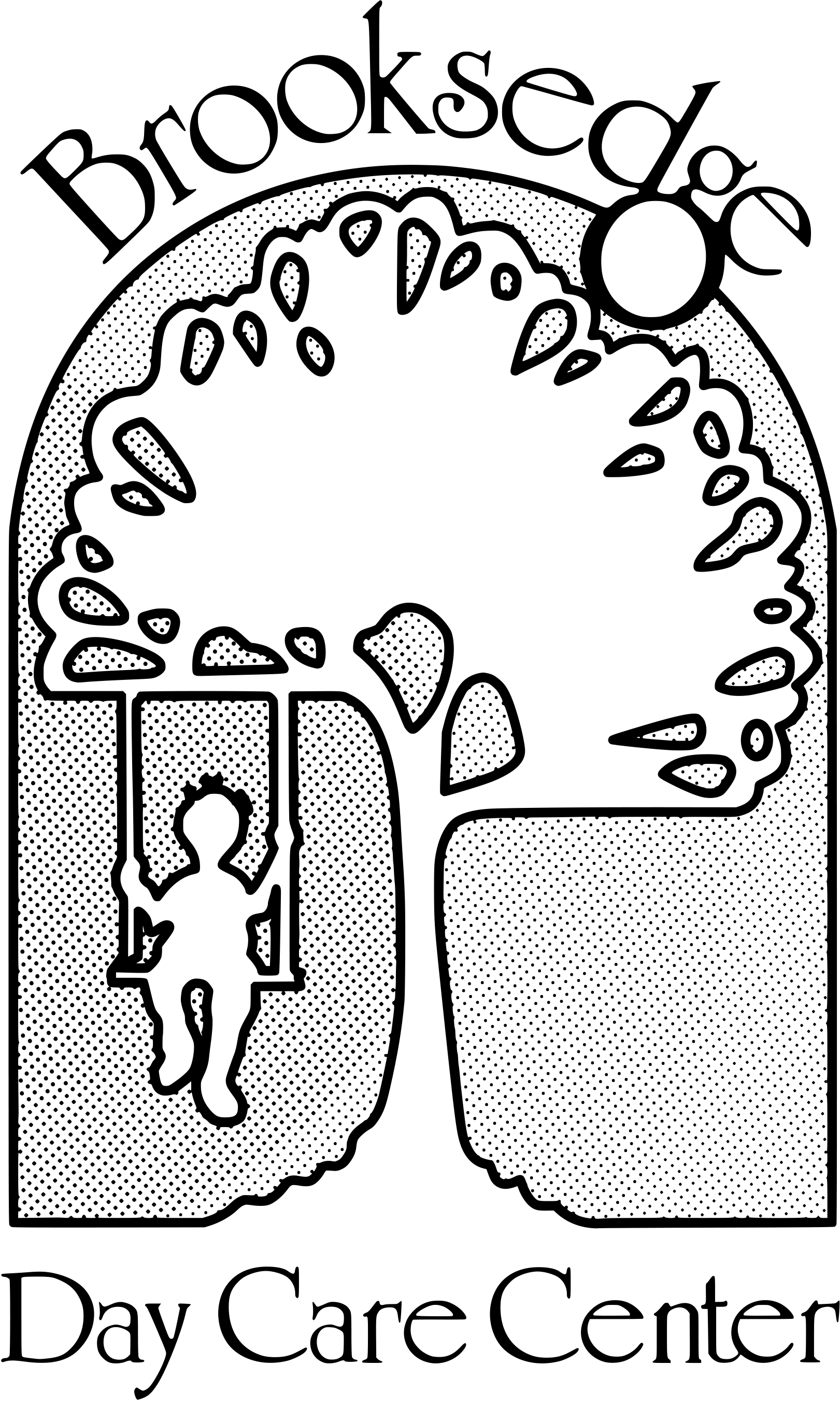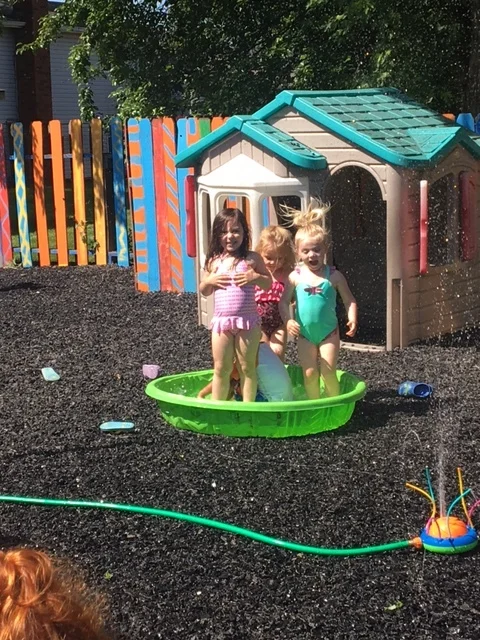Toddler Rooms
Toddler I
12-20 Months
Now that your child has spent a entire year learning new skills, they will work on mastering them! These little friends are still very unsteady on their walking feet and tend to need plenty of time and space to fine tune their coordination and large motor skills. Toddlers spend a lot of time walking! In this room the teachers start to incorporate lesson planning into your child’s discovery through group play, circle time songs and books, arts and crafts, sensory experiences and by keeping a steady stream of conversation so that your child is introduced to vocabulary. Our caregivers will use signing to help children communicate needs such as: more, please, thank you, eat, milk, etc. Children also have scheduled outside playtimes where they have the time and space to practice their gross motor skills such as running and climbing in a safe, enclosed, age appropriate environment.
During this time your child may begin to become more independent. Our caregivers will foster this independence, while maintaining a nurturing environment for those times your child needs snuggles and affection.
Toddler II
20-30 Months
Now that your child has spent a entire year learning new skills, they will work on mastering them! These little friends are still very unsteady on their walking feet and tend to need plenty of time and space to fine tune their coordination and large motor skills. Toddlers spend a lot of time walking! In this room the teachers start to incorporate lesson planning into your child’s discovery through group play, circle time songs and books, arts and crafts, sensory experiences and by keeping a steady stream of conversation so that your child is introduced to vocabulary. Our caregivers will use signing to help children communicate needs such as: more, please, thank you, eat, milk, etc. Children also have scheduled outside playtimes where they have the time and space to practice their gross motor skills such as running and climbing in a safe, enclosed, age appropriate environment.
During this time your child may begin to become more independent. Our caregivers will foster this independence, while maintaining a nurturing environment for those times your child needs snuggles and affection.
Toddler III
30-36 Months
Now that your child can walk, communicate needs, and is learning some self help skills it is time to start putting those skills together! In this room your child will start a preschool based curriculum that will coincide with the Ohio Early Learning Content Standards for preschool aged children. This curriculum will be introduced on an individual basis, for children who are ready for the skills. Your child will be learning shapes, colors, rote counting, and alphabet introduction. At circle time the teachers will introduce days of the week and some social studies materials such as the weather or temperature (will we needs gloves today?). The curriculum will help the children “Get Set” for our Preschool room.
In this room we will also introduce center based play. The children will begin to play together in small groups for small increments of time. This helps children learn to socialize and problem solve. It promotes communication with peers and gives teachers an opportunity to observe the children to assess how they can aid or improve the curriculum for the children’s needs.
Your child will typically move to this room at about 2 1/2 years of age. Children in this room no longer move to the next class by age. The children will move as a group, in late August, to the preschool classroom. From this point on, the children move as a group, similar to a traditional school year. The children move such that they are on target to have a full year in Preschool, a full year in Pre-Kindergarten, and are prepared to start kindergarten at the correct time.
All children learn at different levels and in different ways. This is something that becomes more pronounced around age 3 and continues throughout a child’s education. We will strive to meet every child’s needs. In this room the teachers will begin to recognize and cater our curriculum to all types of learners; visual learners, auditory learners, kinesthetic learners, etc. Keep in mind, development isn’t just a term that refers to cognitive abilities. It also includes emotional maturity, physical development, adaptive skills, and self help skills. All of these areas will be focused on in the Get Set room.



